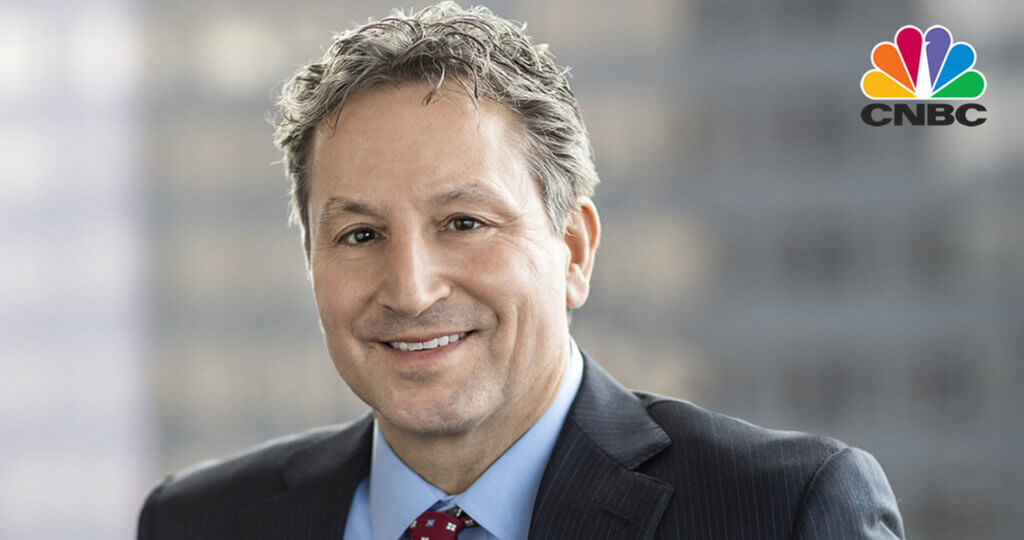Oakmark International Fund - Investor Class
Average Annual Total Returns 09/30/11
Since Inception 09/30/92 9.41%
10-year 8.81%
5-year -0.60%
1-year -10.54%
3-month -20.42%
Gross Expense Ratio as of 09/30/10 was 1.08%
Past performance is no guarantee of future results. The performance data quoted represents past performance. Current performance may be lower or higher than the performance data quoted. The investment return and principal value vary so that an investor’s shares when redeemed may be worth more or less than the original cost. The performance of the Funds does not reflect the 2% redemption fee imposed on shares redeemed within 90 days of purchase. To obtain the most recent month-end performance data, view it here.
The Oakmark International Fund was down 11% for the 12 months ended September 30, 2011, while the MSCI World ex U.S. Index lost 9%. The Fund has returned an average of 9% per year since its inception in September 1992, outperforming the MSCI World ex U.S. Index, which has averaged 5% per year over the same period.
Two of the largest contributors to Fund performance over the past year were Japan Tobacco and Brambles, which returned 32% and 15%, respectively, before both were sold from the Fund as they approached our estimate of intrinsic fair value. The proceeds from the sales were used to purchase names trading at a deeper discount to our estimate of intrinsic value.
Another top contributor to the Fund’s performance over the past year was Olympus, a global optoelectronics manufacturer based in Japan that returned 21%. The company’s share price was volatile, hitting a low for the year after Japan’s earthquake and tsunami in March 2011. The post-tsunami recovery, as well as the strong performance of the endoscopes business and management’s cost-cutting initiatives that focused on improved profitability and cash generation, contributed to strong share price performance. As discussed in last quarter’s letter, the camera business has been a drag on profitability at Olympus in recent years and management plans to fix this business through product innovation and cost-cutting programs. Product upgrades and strong brand value for its camera business have enabled Olympus to gain market share in Europe. Although perhaps best-known for its camera and imaging business, most of the company’s value comes from its endoscopes business. Through innovation and differentiation, including new light-distribution technology that improves image quality, Olympus has achieved a 70% global market share in gastrointestinal endoscopes. The company is also focused on design changes that will improve patient comfort. We believe Olympus will continue to provide positive returns for our shareholders.
Another top contributor to Fund performance was Wolseley, a U.K.-based distributor of building and bathroom products that returned 1% for the year. Despite the mediocre 1-year performance, Wolseley was a top contributor in late 2010 and early 2011, when consumer sentiment was relatively positive and investors expected sales of building products to increase. We trimmed our position as prices began to approach our estimate of intrinsic value. However, recent concerns about a double-dip recession and a more pessimistic outlook on the global economy caused share prices to fall, allowing us to add to our position of Wolseley at an attractive discount to intrinsic value. Since the 2008-2009 downturn, management has made significant changes to its financial-reporting systems that now enable real-time monitoring of business performance. We believe these changes will result in a more profitable business mix going forward. Furthermore, management has exited a number of underperforming business units where returns did not justify increased investment or Wolseley’s market position was weak. We believe Wolseley is well-positioned to capitalize on an eventual recovery in construction spending, and it stands to benefit as well from its corporate-level improvements.
Bank of Ireland, a company we often discuss in the commentary, was the biggest detractor from performance for the year. An equity issuance, concern about Ireland’s ability to recover from the tough economy and general economic concerns in Europe had a negative impact on the bank’s share price. Due to the tough economy, the competitive landscape has changed significantly, and Bank of Ireland has taken this opportunity to capture additional market share. Management aggressively sought the European Commission’s approval of its restructuring program, raised the needed equity capital and attacked cost overruns in its pension and labor force—all moves that served it well relative to its peers. It could take some time for economic conditions to improve in Ireland, but a return to a more normal economic environment will be much better for Bank of Ireland. We remain confident about Bank of Ireland’s long-term risk-reward profile.
The other key detractors from Fund performance for the year were European financials Credit Suisse Group and Intesa Sanpaolo, which returned -36% and -47%, respectively. General concerns surrounding debt defaults in the eurozone, specifically Portugal, Italy, Ireland, Greece and Spain (PIIGS), had a negative impact on global financials over the past year, most notably in the latest quarter. We believe the strength of the Swiss franc (rather than debt-related charges) negatively impacted profits at Credit Suisse. Credit Suisse has immaterial exposure to sovereign debt. The private bank continues to see strong net growth in new money, and we believe the company is well-positioned to withstand these short-term difficulties. Intesa Sanpaolo shares have also been negatively impacted by fears surrounding PIIGS. However, we believe these fears are overblown because Intesa’s exposure to PIIGS sovereign debt comprises only 9% of the bank assets, nearly all of which are from Italy. A debt default scenario in Italy is possible, as is almost anything, but it is extremely unlikely. Italy does have too much debt, it needs structural change and it needs more effective government leaders. However, household debt as a percentage of disposable income is low compared to the eurozone, the gross savings rate is high and the country is projected to have a balanced budget by 2013. We continue to believe the market is overreacting to sovereign-debt concerns in the eurozone and continue to use price weakness as an opportunity to add quality financial names to the Fund.
We made significant changes to the portfolio during the most recent quarter. We sold our positions in ArcelorMittal, Brambles, FEMSA, Foster’s Group, H&M, Japan Tobacco, Sodexo, UBS and Vallourec. We added one new name to the Fund: PPR, a luxury-goods conglomerate whose brands include Gucci, Bottega Veneta and YSL. The remaining proceeds from sales were used to increase positions of undervalued names already in the portfolio.
Our geographical composition changed minimally over the past quarter. We increased our European holdings slightly to approximately 68% and decreased our Pacific Rim exposure to approximately 30%. Our Latin America and North America (Canada) exposure remained the same at approximately 2%.
The U.S. dollar has strengthened relative to many global currencies over the past few months, but remains relatively undervalued. We currently hedge five underlying currencies. At quarter-end, approximately 81% of the Fund’s Swiss franc, 76% of the Australian dollar, 74% of the Japanese yen, 38% of the Swedish krona, and 20% of the euro exposure were hedged.
Volatility in global equity markets and economic uncertainty has increased and the pace of recovery has slowed. We continue to adhere to a long-term value philosophy that has enabled us to build a portfolio of high-quality names trading at discounts to our estimate of intrinsic value. We thank you, our shareholders, for your continued support and patience!
As of 9/30/11, Japan Tobacco, Inc. represented 0%, Brambles, Ltd. 0%, Olympus Corp. 2.6%, Wolseley PLC 1.5%, Bank of Ireland 1.4%, Credit Suisse Group 4.3%, Intesa Sanpaolo SpA 3.4%, ArcelorMittal 0%, Fomento Economico Mexicano S.A.B. de C.V. (FEMSA) 0%, Foster’s Group, Ltd. 0%, Hennes & Mauritz AB (H&M) – Class B 0%, Sodexo 0%, UBS AG 0%, Vallourec SA 0%, and PPR SA 1.5% of the Oakmark International Fund’s total net assets. Portfolio holdings are subject to change without notice and are not intended as recommendations of individual stocks.
The MSCI World ex U.S. Index (Net) is a free float-adjusted market capitalization index that is designed to measure international developed market equity performance, excluding the U.S. This benchmark calculates reinvested dividends net of withholding taxes using Luxembourg tax rates. This index is unmanaged and investors cannot invest directly in this index.
Investing in foreign securities presents risks that in some ways may be greater than U.S. investments. Those risks include: currency fluctuation; different regulation, accounting standards, trading practices and levels of available information; generally higher transaction costs; and political risks.
The discussion of the Funds’ investments and investment strategy (including current investment themes, the portfolio managers’ research and investment process, and portfolio characteristics) represents the Funds’ investments and the views of the portfolio managers and Harris Associates L.P., the Funds’ investment adviser, at the time of this letter, and are subject to change without notice.







